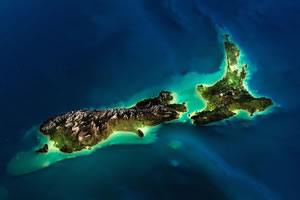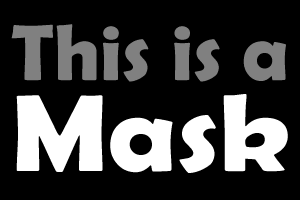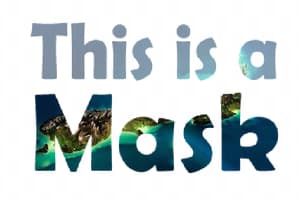| T O P I C R E V I E W |
| Alan |
Posted - Mar 07 2022 : 19:45:51
Hi
I can see that ImageEn can do some amazing things with transparency and layers.
I would like to add an image that I have drawn onto the image layer with transparency.
I'm trying to get my head around some basics.
With a standard TBitmap:
Create
Fill with color I want to be transparent
Set Transparent color eg clFucia
Draw what I want on the bitmap
Display... lets say in TImage.
All I can is the Image I have drawn - no background.
With a TIEBitmap:
Create image layer
using the IEBitmap of that layer
Allocate
Fill
Draw what I want on the bitmap
Now the background color of the image layer is the same as the fill color.
How can I erase the fill color?
From what I can read I need to use the Alpha channel
Do I need to draw on the TIEBitmap with the transparency set?
Do I need to set something to make it transparent?
If you can point me in the right direction, thanks.
Alan
|
| 4 L A T E S T R E P L I E S (Newest First) |
| Alan |
Posted - Mar 08 2022 : 22:33:42
Hi Nigel
Got it to work by drawing a black and white mask and assigning that to the AlphaChanel
Thanks for the great support
Alan |
| xequte |
Posted - Mar 08 2022 : 15:09:26
Hi Alan
You need to show me what you are trying to do, but for example let's say you wanted 50% transparent text. You could text out onto the bitmap canvas in the color you want and then text out to the bitmap.alphachannel as 50% gray.
Alternatively, if you have an image with a fuchsia background you want to remove, you can just use:
https://www.imageen.com/help/TImageEnProc.SetTransparentColors.html
Nigel
Xequte Software
www.imageen.com
|
| Alan |
Posted - Mar 07 2022 : 22:04:13
Hi Nigel
Thanks for the explanation.. Makes sense.
So do I need to create a second (mask) Image in Black and White?
Or can I get ImageEn to create the mask if I provide the color to be transparent?
If the second option, how would do that?
I'm unsure what you mean when you say "Most ImageEn methods will handle this for you."
Thanks again
Alan |
| xequte |
Posted - Mar 07 2022 : 21:53:09
Hi Alan
Essentially in ImageEn you have two bitmaps:
- A (generally) 24bit image handling the RGB channels
- And optionally, a 1bit or 8bit image handling the alpha (1 bit gives you pixels that are transparent or not transparent. 8bit gives you 0-255 levels of transparency)
Let's say you assign this image to ImageEnView1.IEBitmap:

And you assign this image to ImageEnView1.IEBitmap.AlphaChannel:

The TImageEnView will display it as follows (when the background is set to solid white):

As you can see the black pixels in the alpha are fully transparent, so the white background shows through.
The grey pixels are 50% transparent so you get a mix of white background and image pixels.
The White pixels are fully opaque so only the image pixels show.
So you see that when working with alpha you must draw to both the image and the alpha channel image. Most ImageEn methods will handle this for you.
If you tell me what you are looking to do, I can give a more specific response.
Nigel
Xequte Software
www.imageen.com
|